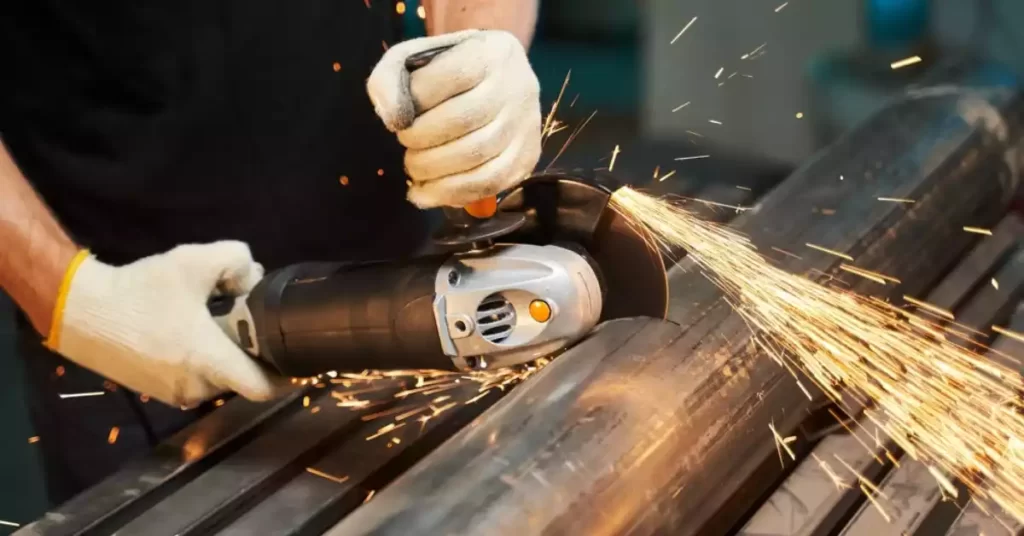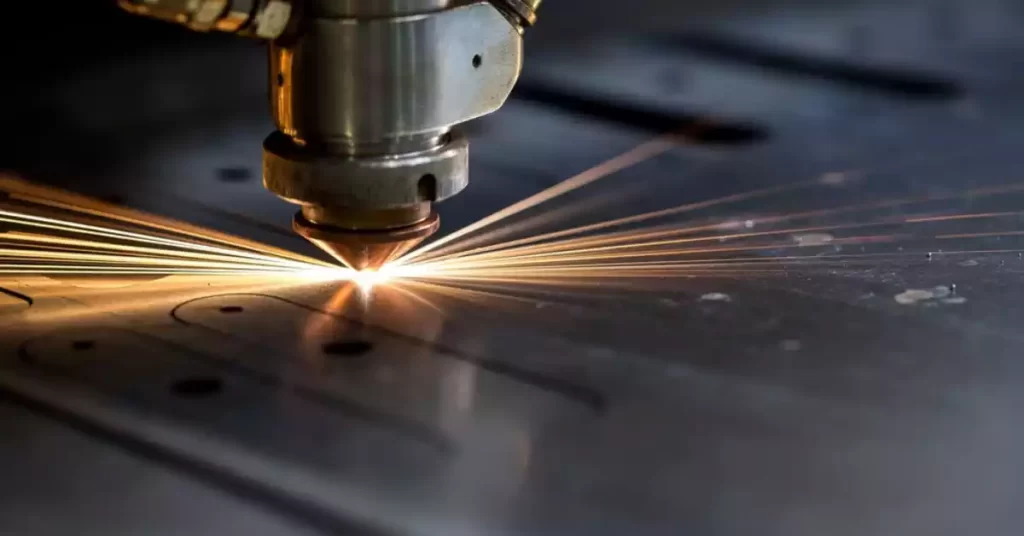Tool steels stand as the backbone of many industries, from construction to manufacturing. Their utility and versatility extend into every corner of our modern society. Two prime examples, A2 and D2 tool steels, exhibit unique characteristics that set them apart.
A2 and D2 tool steels, despite sharing the ‘tool steel’ designation, differ significantly in their composition, applications, and suitability for specific tasks. This divergence, rooted in their different alloying elements, results in diverse mechanical properties and performance under varying conditions.
Tool steels like A2 and D2 offer a balance of hardness, toughness, and heat-resistance. These features make them integral to tools and dies that shape, form, and cut other materials in high-stress environments.
A2 Tool Steel: A Detailed Look
Composition and Properties
A2 tool steel is an air-hardening medium-alloy, cold-work tool steel. The composition includes high carbon and chromium, which offers a balance between hardness, dimensional stability, and mechanical toughness.
Key Uses and Applications
With its stability and resistance, A2 finds utility in a myriad of applications. It is the preferred choice for manufacturing gauges, die inserts, and knife blades, among others.
Benefits of A2 Tool Steel
A2’s machinability, dimensional stability, and response to heat treatment contribute to its popularity. It delivers a good balance of toughness and wear resistance.
Limitations of A2 Tool Steel
Despite its many strengths, A2 has limitations. Its wear resistance is not as high as other tool steels such as D2, and it can be more challenging to grind.

D2 Tool Steel: An In-depth Analysis
Composition and Properties
D2 tool steel, another popular option, is a high-carbon, high-chromium air-hardening tool steel. Its high chromium content results in superior wear and abrasion resistance.
Key Uses and Applications
D2 is frequently utilized for long-run die applications. It’s commonly found in forming dies, blanking dies, and knife blades due to its hardness and wear resistance.
Advantages of D2 Tool Steel
D2 stands out with its exceptional wear resistance and ability to retain its cutting edge. Its durability makes it a favorite for high-wear applications.
Drawbacks of D2 Tool Steel
While D2 offers superior wear resistance, it is not as tough as A2. It is also more difficult to machine and grind, making it less favorable for complex applications.

Comparing A2 and D2 Tool Steels
Strength and Durability Comparison
While both steels are durable and robust, D2 offers higher wear resistance, while A2 provides better toughness.
Heat Resistance and Hardening
Both A2 and D2 are air-hardening steels, but D2 can achieve higher hardness during heat treatment, thanks to its high carbon and chromium content.
Workability and Ease of Use
A2 is generally easier to work with due to its machinability. D2, on the other hand, is harder to machine and grind.
Which One to Choose: A2 or D2?
When to Choose A2 Tool Steel
A2 is the better choice when toughness and dimensional stability are paramount. Its machinability makes it suitable for complex applications.
When to Choose D2 Tool Steel
D2 is ideal when wear resistance is the key concern. It’s suitable for applications where the tool will be exposed to high wear and abrasion.
Factors to Consider while Choosing
The choice between A2 and D2 will depend on the specific application, the required properties, and the trade-offs you are willing to make.
FAQs
How do heat treatments affect A2 and D2 tool steels?
Heat treatments can significantly impact the properties of both A2 and D2. Proper heat treatment can optimize hardness, toughness, and wear resistance.
Can A2 or D2 tool steels rust?
Yes, both A2 and D2 tool steels can rust due to their carbon content. However, their chromium content does provide some resistance to corrosion.
What is the cost difference between A2 and D2 tool steels?
The cost can vary based on the supplier and market conditions. Generally, D2 may be more expensive due to its superior wear resistance.
Conclusion
A2 and D2 tool steels, each with their unique properties and applications, prove invaluable in different contexts. The choice between the two is less about superiority and more about applicability.
It is crucial to match the tool steel to the specific task at hand. A2 offers an excellent balance of toughness and dimensional stability, while D2 provides superior wear resistance. The right choice will always depend on your unique requirements.
A2 and D2 tool steels showcase how variations in steel compositions can lead to diverse properties, thus serving a wide range of industrial applications. By understanding these materials better, you can make more informed decisions in your field, whether it be manufacturing, construction, or any other industry that relies on tool steels.

